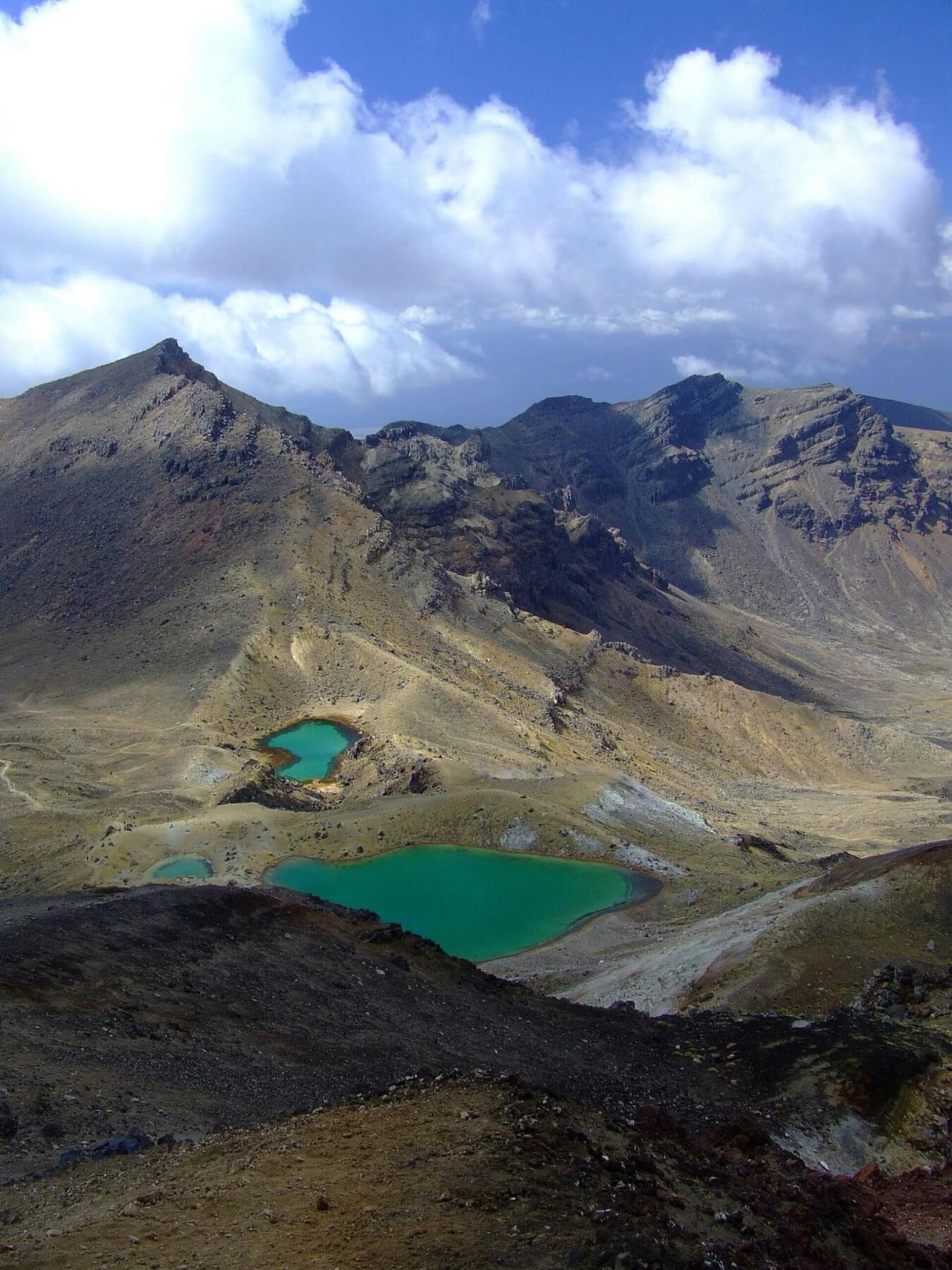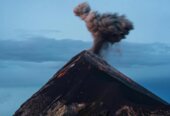Our central North Island volcanoes have lulled us into a false sense of security.
I recently spent a day around Red Crater on Tongariro surrounded by evidence of recent eruptions and, wow, what a gorgeous place to be. We started out around the Emerald Lakes – craters now filled with beautiful water giving them the fitting name, then hiked up around Red Crater itself. The crater is at the top of a scoria cone, sort of a mini version of Ngāuruhoe, with a mix of red and black scoria and rocks of all sorts of colours from geothermal alteration.

Janine Krippner
Active geothermal areas are scattered around, some with fumaroles you can hear, and often you can smell their sulphurous emissions. A striking feature within the crater wall is a large, 5-10 m wide drained dyke, an old vertical pathway that magma took towards the surface that hardened along the edges into solid rock resistant to time.
Like Ngāuruhoe to the south and Te Maari to the north, Red Crater is one of the younger and more recently active vents of the Tongariro Volcanic Complex, which has around 17 overlapping vents that we know of. Volcanologist Brad Scott and Social Scientist Sally Potter of GNS Science have gone through records to capture the history of activity at Tongariro, except for Ngāuruhoe (I am working on that). They found Red Crater has been more active than we thought, with six potential eruptions between 1855 and 1934.

The Emerald Lakes in the Tongariro Alpine Crossing. Photo: Vladimír Sládek, pexels.com
Red Crater has been active for at least 3400 years and formed upon older Tongariro lavas. The Emerald Lakes craters are part of the cone and formed around 1300 years ago. During its lifetime it has erupted ballistic ejecta (rocks that fly out at deadly speeds), scoria and spatter that have built the cone, ash plumes, and lava flows. The largest of the Red Crater lava flows is around 6.5 km long towards the east and up to 150 metres thick.
If you were driving along Desert Road during a Red Crater eruption you might see red hot rocks flying out of the crater and a lava flow slowly descending the flanks. This would light up the sky at night time. With a more explosive eruption style we might see grey to black ash plumes of fragmented rock and gas rising from the vent up to hundreds or a few thousand metres before they are carried away by the wind to deposit ash across the landscape.
Any warning signs of magma moving towards Red Crater would be taken very seriously, also keeping in mind that not all unrest leads to an eruption. We know that even a small eruption can be catastrophic if people are near the vent, and this is a popular spot along the Tongariro Alpine Crossing where hikers stop for a well-earned break. While future eruptions of Red Crater will no doubt be one of the most beautiful spectacles of nature we might see here, it is much better at a safe distance.








